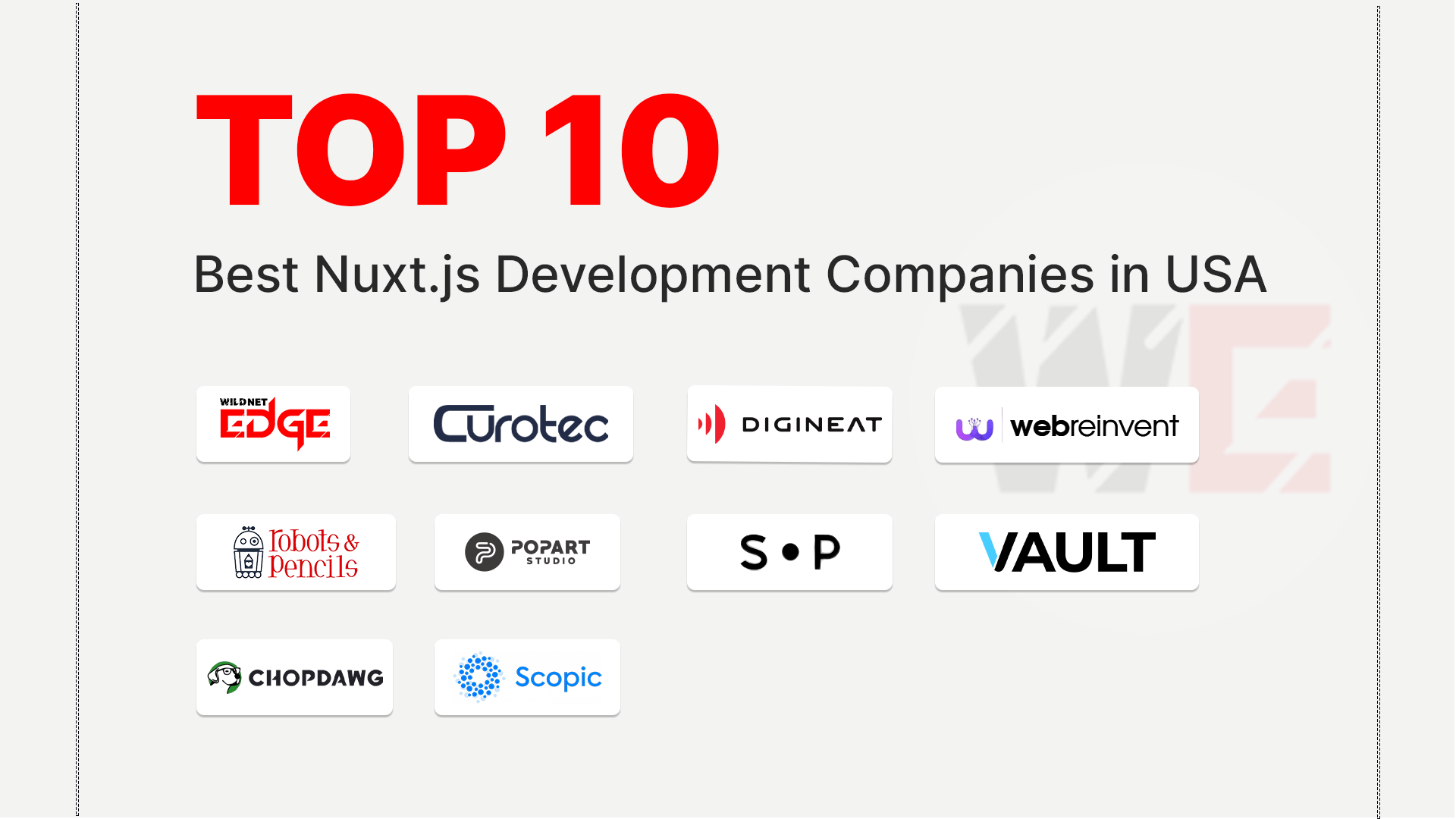TL;DR
This article explains that acquiring new users is far more expensive than retaining existing ones, making mobile app user retention a critical business metric. It outlines a strategic framework for keeping users engaged long-term. The guide details several core app engagement strategies, including creating a seamless onboarding experience, delivering personalized content, and implementing gamification. It also provides a deep dive into the effective use of push notifications, emphasizing personalization over generic alerts. By focusing on a value-driven, user-centric approach from the very beginning, businesses can significantly improve their retention rates, increase customer lifetime value, and build a more sustainable and profitable mobile application.
Launching a mobile app is an exciting milestone, but the real task begins after downloading. Many businesses fall into the “leaky bucket” trap: they spend a fortune acquiring new users, only to watch them disappear after a few days. The truth is, user acquisition is a vanity metric if those users don’t stick around. The key to sustainable growth and profitability lies in a metric that is far more important: mobile app user retention.
Why Mobile App User Retention is a Critical Business KPI
Focusing on mobile app user retention is one of a business’s most strategic decisions. The financial impact is staggering. Research by Bain & Company has shown that increasing customer retention by just 5% can boost profits by 25% to 95%. It is far more cost-effective to keep an existing customer happy than to acquire a new one.
A high retention rate is a clear sign that you have achieved product-market fit and are delivering real value. Retained users are more likely to become brand advocates, make in-app purchases, and provide valuable feedback. In short, your most loyal users are your most valuable asset.
Core App Engagement Strategies to Keep Users Coming Back
Improving mobile app user retention requires a multi-faceted approach. It’s about creating an experience that is so valuable and engaging that users make it a part of their daily routine.
1. Perfect the First Impression: The Onboarding Experience
You only get one chance to make a first impression. A clunky, confusing, or lengthy onboarding process is one of the fastest ways to lose a new user. Your goal should be to get the user to their “aha!” moment the point where they experience the core value of your app as quickly as possible.
- Keep it simple: Only ask for essential information.
- Show, don’t just tell: Use interactive tutorials to guide users through key features.
- Demonstrate value immediately: Ensure the first session is a successful and rewarding one.
2. Deliver a Personalized Experience
A generalised approach no longer works. Modern users expect an experience that is tailored to their individual needs and preferences. This is one of the most powerful app engagement strategies. Use the data you collect (with user consent, of course) to personalize the content, recommendations, and features they see. This shows users that you understand them, which builds a much stronger connection. This level of personalization is a hallmark of high-quality Mobile App Development Services.
3. Master the Art of Push Notifications
Push notifications can be your most powerful re-engagement tool or your biggest annoyance. The difference lies in the strategy. Generic, broadcast-style alerts leads to uninstalls. A successful strategy focuses on sending notifications that are:
- Personalized: Based on the user’s behavior and interests.
- Timely: Sent at a moment when they are most relevant.
- Actionable: Giving the user a clear and valuable reason to open the app. For example, instead of a generic “We miss you!” message, a notification like “Your favorite item is back in stock!” is far more effective.
4. Implement Gamification and Rewards
Humans are hardwired to enjoy challenges and rewards. Integrating game-like elements into your app is one of the classic app engagement strategies that can significantly boost retention. This can include:
- Progress bars and levels: Show users they are making progress.
- Badges and achievements: Reward users for completing key actions.
- Loyalty programs: Offer exclusive benefits to your most active users. These techniques create a sense of accomplishment and make using the app more fun.
Our User Retention Strategies in Action: Case Studies
Case Study 1: An eCommerce App’s Push Notification Overhaul
- The Challenge: An online retail app suffered from a high cart abandonment rate. Users were ignoring their generic reminder push notifications.
- Our Solution: As their Custom Mobile App Development Company, we built an intelligent notification system. The new system sent personalized alerts based on the specific items in a user’s cart and their past browsing history, sometimes including a time-sensitive offer.
- The Result: The app’s cart abandonment rate decreased by 22%, leading to a direct and significant increase in monthly revenue. The targeted nature of the push notifications also led to a 50% higher click-through rate.
Case Study 2: A Fitness App’s Gamification Success
- The Challenge: A new fitness app had a good initial download rate, but users dropped off after the first week. Better app engagement strategies were needed to encourage daily use.
- Our Solution: We integrated a robust gamification system. Users could earn points for completing workouts, unlock achievement badges for hitting milestones, and participate in weekly challenges with friends. We handled both the Android App Development Services and iOS versions.
- The Result: The app’s 30-day mobile app user retention rate tripled from 10% to 30%. The social and competitive elements created a powerful incentive for users to open the app every day.
Our Technology Stack for App Engagement
We use a modern stack to build features that drive retention.
- Analytics: Mixpanel, Amplitude, Firebase Analytics
- Push Notifications: Firebase Cloud Messaging, OneSignal
- In-App Messaging: Intercom, Braze
- A/B Testing: Optimizely, Firebase A/B Testing
- Development: Swift for iOS, Kotlin for Android
Conclusion
Focusing on mobile app user retention is the most sustainable path to long-term growth. It’s about building a meaningful relationship with your users, not just chasing downloads. By implementing effective app engagement strategies, from a seamless onboarding process to personalized push notifications, you can create an experience that users find indispensable. At Wildnet Edge, our AI-first approach enhances this by allowing us to build intelligent personalization engines and predictive models that can identify at-risk users and re-engage them with the perfect message at the perfect time, ensuring your app not only survives but thrives.
FAQs
A good 90-day retention rate for a top-performing app is often considered to be around 20% or higher. The key is to focus on consistently improving your own baseline month over month.
While there’s no magic number, many successful companies shift their focus over time. In the beginning, you might spend more on acquisition. As you grow, a healthy budget allocation would be closer to a 50/50 split, with a strong emphasis on retaining the users you’ve already paid to acquire.
After implementing new app engagement strategies, you can often see a measurable lift in your 7-day and 30-day retention rates within one to two months. Seeing a significant impact on your 90-day retention will naturally take longer.
The biggest mistake is sending generic, untargeted alerts to all users simultaneously. This is the fastest way to cause “notification fatigue” and get your app’s permission to send notifications revoked, or worse, get the app uninstalled.
The key is to ask at the right moment. Don’t hit a user with a feedback request the first time they open the app. Instead, prompt them after they have successfully completed a key action or achieved a milestone. Make the feedback process short and simple. Our iOS App Development Services can build these smart feedback loops.
They are closely related. Engagement refers to the actions users take within your app (e.g., clicks, session time). Retention is the measure of how many of those users come back over a period of time. Strong engagement is what leads to high mobile app user retention.
The first step is a data analysis. You need to understand your user journey and identify the exact point where users are dropping off. This data-driven approach allows you to focus your efforts on the biggest problem areas first for the most impactful results.

Nitin Agarwal is a veteran in custom software development. He is fascinated by how software can turn ideas into real-world solutions. With extensive experience designing scalable and efficient systems, he focuses on creating software that delivers tangible results. Nitin enjoys exploring emerging technologies, taking on challenging projects, and mentoring teams to bring ideas to life. He believes that good software is not just about code; it’s about understanding problems and creating value for users. For him, great software combines thoughtful design, clever engineering, and a clear understanding of the problems it’s meant to solve.
 sales@wildnetedge.com
sales@wildnetedge.com +1 (212) 901 8616
+1 (212) 901 8616 +1 (437) 225-7733
+1 (437) 225-7733































